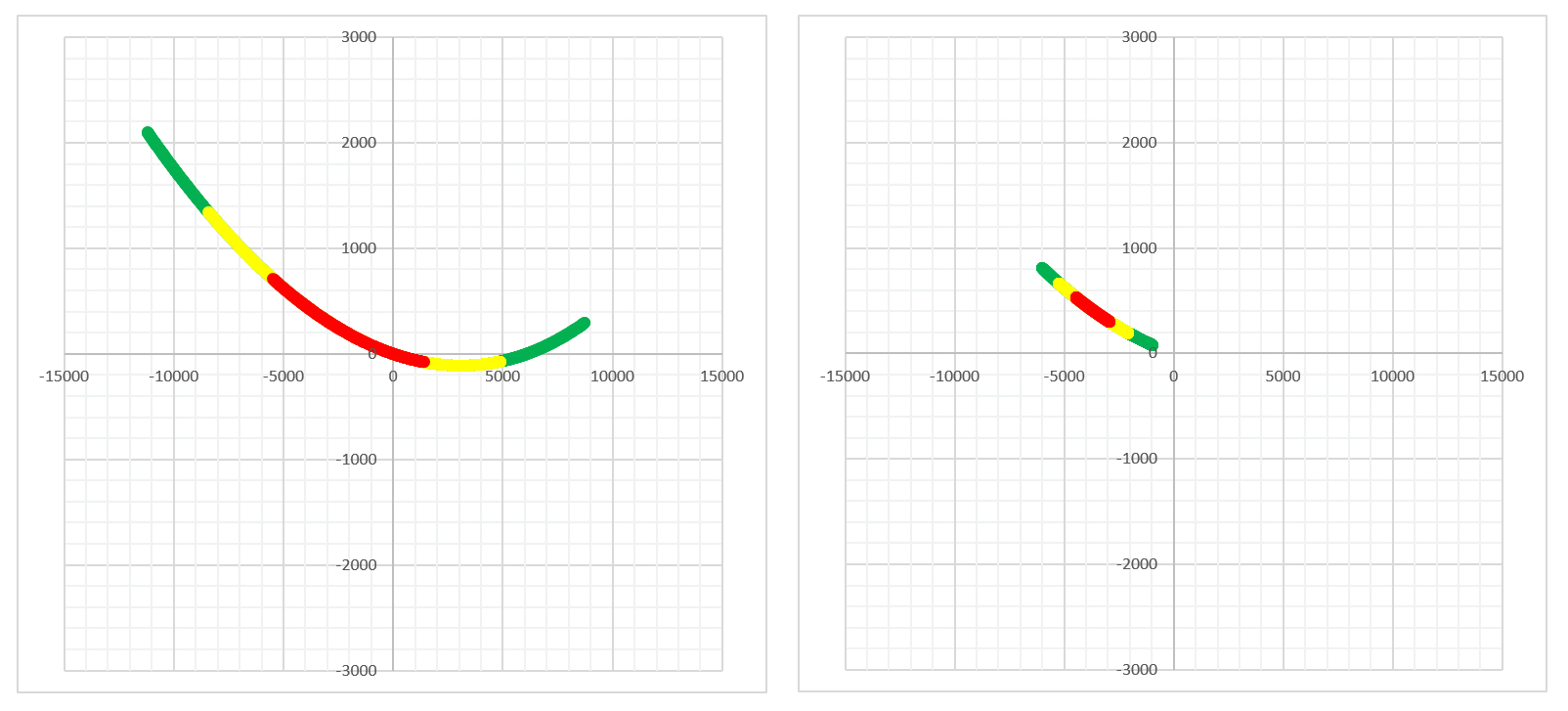2009 JF1 kicked out of the risk list top-ten thanks to observation re-measurements
2009 JF1 kicked out of the risk list top-ten thanks to observation re-measurements

operator neo
Until a few days ago, asteroid 2009 JF1 was present in the top-10 ranking of our risk list, for a possible impact on 6 May 2022. It is a small object, only about 10 m in diameter, and therefore the possible impact was not of significant concern. However, its probability of 1 in 4000 made it one of the most likely predicted events in our risk list, and together with its approaching impact date attracted our attention for further investigation.
As the designation suggests, this object was discovered back in 2009. It was first found by the NASA-funded Catalina Sky Survey's Mt. Lemmon Station in Arizona on 4 May of that year, and followed up the next day by the same survey's Southern station in Siding Spring.
Unfortunately, nobody else detected the object back then, nor at any later time; in fact, the timespan between the first and last observation was less than 30 hours, and resulted in a poor knowledge of the object's orbit that made the object effectively lost just a few weeks after discovery. These circumstances prevented observers from improving the orbit in either of the two classical ways, i.e. via new observations or via precovery searches: there was no way to know where the object was located any other time except for the few days around the time of discovery.
In order to assess the situation more clearly, thanks to the support of the Catalina team, we were able to retrieve the original FITS images exposed by their two telescopes at the time. This gave us the possibility to re-measure them astrometrically with tools available today, and in particular using ESA’s Gaia catalogue as source of reference stars. Gaia’s exquisite astrometric precision allowed us to extract more accurate measurements of the object’s position in 2009. Even more importantly, it was now possible to assess the accuracy of our positional measurements to a much better level, thanks to Gaia’s unbiased determination of our reference systems in the sky.
This new information, extracted from existing data but with new tools that were not available at the time, was then used by our team to reassess the impact risk posed by 2009 JF1. The results were interesting: the impact probability for May dropped to just 1 in 1 700 000, and the asteroid has now lost its prominence in our risk list, and is relegated together with other more routine objects that pose minimal threat.
This experiment proves the importance of an astrometric catalogue like Gaia, and of a proper determination of measurement uncertainties, in the context of solar system dynamics. It also shows how essential it is to preserve and properly archive original observational data for posterity, since they can provide information that was not usable at the time of acquisition, but becomes crucial at a later time.
The plots in the figure show the coordinate of the Earth on the plane of the ecliptic (at the origin) and the possible positions of the asteroid, for the time of the predicted impact. Points within the 1-sigma uncertainty region are given in red, the 2-sigma in yellow and the 3-sigma in green. The scale of the axes is expressed in Earth radii. The left plot refers to the old solution, before the remeasurements; the cloud of points clearly passes through the reference system origin (thus impacting the Earth). The right plot corresponds to the new solution after the remeasurements; its smaller uncertainty now shows no impacting solutions within the 3-sigma boundary. Credit: ESA / NEOCC.

